This is the final part in a series of travelogue style episodes to walk you through my recent visit to Namibia, co-hosting an amazing photography tour with my friend Jeremy Woodhouse.
We pick up the trail on August 22, as we visit a second Himba village, for possibly one of the most beautiful cultural exchanges of my life. Although the people at the first village we visited were genuine and friendly, the people at the second village seemed to welcome us so warmly into their community, actually thanking Jeremy for arranging the tour. We laughed together, played together, and even danced together, making it a wonderful morning.
Having photographed the gentleman in this photo around the fire outside, I asked if he would allow me to photograph him inside a hut, and this is the first of two of those images (below). He had with him a pipe made from a spent bullet shell, so I asked him if she could light it. I have a whole series of images as he lit the pipe with a large smouldering log from the fire in the hut, but as I try to keep the number of images down to ten per episode, we can’t look at all of these. We are actually already going to look at twelve today anyway, as I couldn’t remove any more from this final episode’s selection
I shot this image at f/4, ISO 3200 for 1/100 of a second. As I mentioned last week, although it can seem counter intuitive, it’s often better to increase your ISO passed levels that you would usually be comfortable with, to keep grain from becoming a problem in dark situations like this.
Unlike the Himba photos that we looked at last week though, this image is actually straight out of the camera, with no exposure adjustment or Radial Filter etc. I actually don’t feel that this needs any modification. The only thing I wish I’d done, is include just a little more along the bottom of the frame, to complete his neck band.
I went to portrait orientation for this next photograph though (left), which I really like. The camera settings were exactly the same as the previous image.
The man in these photographs is Hidion, and he was a wonderful character. I really wish I could show more photos of him, and I might do at some point, but he was kind and giving of his time, and had a beautiful smile, which he showed me often.
In post processing, I did apply a Radial Filter to this photograph, to highlight Hidion’s face by darkening the surroundings a little, but otherwise, this is untouched. I might remove that little brown ball in the bottom right corner at some point, but I’m not sure it concerns me enough to bother.
After photographing Hidion in his hut for a while, I went outside, and although I made a few more photographs, I ended up spending a whole lot of time just playing with the children.
One of them, a little boy with a warm coat on and no pants, had a tennis ball, that he through to me. This boy couldn’t have been much more than two years old, with a wonderful snotty nose from the cold, but his smile lit up the entire village.
I was also reminded how amazing children are at mimicking adults to learn languages. A few times I said ‘yey!’ as I threw the tennis ball to him, and after just a few times, he started to say ‘yey’ as he through it back. Next I tried ‘da da-da dattadaah!’ and sure enough, he mimicked me exactly the same as he through the ball back.
Then, two older children came along to join in the game, and I tried to through the ball to each one in turn, yet whenever I threw it to another of the kids, the other two would look hurt, as though I’d done them a huge dis-justice. And of course, as is often the case with kids, this game went on and on. It actually came to an end, as one of them noticed that I had something in my vest pocket, and came over to tap it, and as I mentioned last week, whisper in my ear “water”.
I really felt for this little children, that were happy enough, and enjoyed playing, but the prospect of getting a drink from what they thought was a flask of water in my pocket, not a lens, just trumps any fun that they might have been having. I remember touching their hands and being amazed at just how dry their young skin was. Thankfully though, our visit and the supplies that we bring them in payment, helps these people, as they live hard lives in these desert conditions.
Another way that these Himba village capitalize on visits from groups like ours is to set up little shops to sell us bracelets and other trinkets. I actually have strict orders from home that we don’t need any more souvenirs from the places I visit, so I try to resist, but at this town, I broke down and bought a wooden zebra, as it has a look on its face that I knew my wife wouldn’t be able to resist. It’s now standing beside our TV in the lounge, so my gut feeling panned out this time. It would have been relegated to the desk in my studio if that hadn’t worked out.
After we’d finished buying our souvenirs, the Himba people thanked us again for visiting, and gave us a surprise dance. The Himba dances don’t seem to be as ritualized as you see in some other African countries, but as you can see in this photo (below), they are dynamic and photogenic, so I was thrilled to experience this.
I had started off with a faster shutter speed, freezing the motion as each person came out of the line at the back, to do their dance, basically stomping their feet and kicking up dust, but I wanted to capture that motion in my still photographs, so I reduced my shutter speed to 1/100 of a second, which did the trick. Of course, I have subject movement throughout the lady in the foreground, but the movement comes across more strongly in this image than the faster shutter speeds. I also used an aperture of f/11, so that the people in the row at the back were also relatively sharp at 53mm, and that all gave me an ISO of 200.
In addition to the expression on the dancing ladies face, the thing I really like about this photograph, is that all of the people’s faces are happy, as they enjoy the dance, and I absolutely love the look on the lady to the far right’s face. She seems to be literally creased up with laughter. Again, I have other photos that I’d like to share, but we have to move on for now. I’ll probably put a slideshow together at some point, with some video interwoven as well, as I have so much more to share than the 53 images we’ll have looked at through this five part series.
After this, Jeremy and one of our guides actually went in and started to dance with the group. It really was an amazing cultural experience, that I won’t forget.
After we left the village, we went back to the riverbed of the Hoanib River, where I had my first encounter with wild lions, as we can see in this image (below). These are desert adapted lions, that had just taken down a young giraffe. I must admit, I’m a little disappointed that my first encounter with wild lions wasn’t in more beautiful surroundings, but it was still a very magical experience.
Some of the other photos I have are a little more gruesome. We would come back to this location a number of times over the following three days, and watched this pride strip the giraffe to the bone. Literally, on the third day, all that was left was an almost totally clean rib cage, some legs, and the lower jaw. I won’t describe some of the other photos that I have, but let me just say, that the people making the documentaries that we see on TV must be very careful in what they show us.
I shot this at f/8, with a 1/250 of a second exposure, ISO 2000 at 200mm. The funny thing is, as we tried to drive up the sandy bank as we left this spot, our car got stuck, and we had to get out and dig it out, then push the car until we could free it. Our guide told the ladies to stay in the vehicle, and us men were told not to wander off. It was slightly unnerving to see one of the lions come over towards us a little way, then sit down in some foliage, just watching as we messed around with our Land Rover. I would have been a lot more worried of course, if they didn’t already have a giraffe to feast on. 🙂
The following day, we drove over to a place called Mowe Bay, but due to a miscommunication between our drivers, we thought we were late, so we rushed ahead trying to catch up with the other vehicle, then our driver lost the track, and we ended up totally grounding our land rover on a dirt bank, and spent around an hour getting it off.
It turns out, that the other group were behind us, and we met up before heading over to the coast, to Mowe Bay. The scenery from the vehicle was amazing as we drove over the brightest yellow sand dunes you can imagine, but with the time we’d lost getting grounded, we only had time for a 20 minute lunch by the sea, and then called by a Cape fur seal colony briefly before we had to start driving back to our camp.
Just for the record, here’s a photo of some of the fur seals, that I shot through the window of the Land Rover (below). I waited until the wave in the background started to break, to add an extra element of interest, and tried to find a good place on either side of the frame to cut off the seals, but I’m happy enough with how this turned out. I shot this at f/11 with a shutter speed of 1/400 of a second at ISO 250, and a focal length of 400mm.
The next day, August 24, was pretty amazing, as we tracked individual Desert Elephant bulls around the riverbed, and then found a herd of them, which we’ll look at over the next seven images, with one Oryx photo thrown in for good measure.
We stayed with the bull that you can see in this image (right) for about an hour, as he walked, stopping occasionally to feed on the seeds and leaves from the many Ana trees that lined the riverbed.
We were so close to this bull that I had to wait for him to start to curl his trunk a little, so that I could fit him all in the frame at 100mm, the widest I could go with my 100-400mm lens.
I’m going to continue to share the rest of these photos in color, although I think I’ll end up processing some of these into black and white at some point. It’s a hard decision to make though, as although I don’t necessarily like the drab browns, this is the environment that these animals live in, so I also feel that I want to leave the color as it is as well.
We continued to follow this guy, and I have way more photos than I need of him, but I did try to only shoot when something cool was happening, like when he kicked up dust as he walked down a slight embankment, as we see in this image (below).
We were still quite close to the elephant went I shot this, at 148mm, which is party why his actions were a little bit exaggerated, as a warning to us not to get any closer. It’s not good to cause wild animals to change their actions, but the riverbed is so narrow in places that it’s unavoidable to a degree. Of course, when it get very narrow, and the elephant was on the move, we stayed back to give him the right of way. I shot this at f/9 with a shutter speed of 1/500 of a second at ISO 640.
I was amazed at the power of these elephants. As we can see in this photo (below) they sometimes put the bone at the base of their trunks up against the trunk of the Ana tree, and shake the entire tree, to shake down any lose seeds or foliage, which they then walk around and pick up to eat. If you click on the image to view it larger, you can probably just about make out a few of the larger bits falling from the tree just above the elephant. Again, I also like how there is dust pluming up around the elephant’s feet in this photo, which I shot at f/10 for 1/500 of a second with ISO 500, and a focal length 400mm.
This next photo just makes me smile (below). I pulled back just a little for this one, to 330mm, to include more of the tree, and put the elephant in his environment, but I love how close together his feet are as he starts to walk towards us. It reminds me of a model and the catwalk, because if you look closely, the left leg is actually crossing over the right leg, like a model does when they are strutting their stuff.
I also like the various layers in this image, starting with the tree on the same layer as the elephant, but then there is the sandy bank leading up to the dirt river bank, then the hills in the distance, and then the white sky. Again, I don’t necessarily like the brown tones, but it is what it is, and now, having been home for a few weeks, these photos are starting to become very fond memories from a wonderful trip.
As with my 2013 visit to Namibia, I found myself with many shots of Oryx, just standing there in their environment. However nice the environment sometimes is, I had been hoping for a something more. This very thought was going across my mind as I framed up the Oryx in this next image (below) as he was just standing there look at our vehicle, and then he just took off! Luckily, I already had a shutter speed of 1/500 of a second set, and I always use AI Servo focus mode when I’m shooting wildlife, so I was able to track with him for my first Oryx action photo, with dust kicking up and everything.
As I said earlier, although we usually stick to ten images per episode, I couldn’t remove any more from today’s selection, so we’ll go on to do two more elephant shots before we finish.
Here we see a different bull from the one we’ve looked at so far (right) from a herd that we were photographing later in the day on August 24.
I quite like this, mainly for the pose. Front-on, and this guy doesn’t have a broken tusk, which is great. I do wish he didn’t have those twigs in his trunk, which would have been a more powerful shot, because it would look like he’s about to charge, not have dinner, but still, I’m happy enough with this shot.
Just look at the size of his feet too! It’s sometimes hard to gauge just how big elephants are from photos, but occasionally when we got out of our vehicles to walk around, we’d see elephant footprints, and they are massive!
I shot this at 1/500 of a second, f/9, ISO 250 at 312mm. Even if the subject isn’t moving around a lot, I generally like to keep the shutter speed around 1/500 when shooting with the 100-400mm lens, so that I can zoom right in to 400mm without worrying too much about camera shake. Of course, you never know when you’re going to need a fast shutter speed either, like with the last Oryx photo, so maintaining a good shutter speed, even faster tan 1/500 of a second if possible, always helps with wildlife photography.
On August 25, we had a long drive to where we’d spend our last night, and after four days of bush camping, with a hole in the ground toilet and a bucket of water hung from a tree as a shower, I was quite looking forward to a nice lodge, but photographically, I don’t have much to share. So we’ll finish with this apt photograph from the end of August 24, which was one of the last photographs I shot before we left the herd of desert elephants behind (below).
In my opinion, elephants are one of the few animals that really lend themselves to the often avoided butt shot. Here we see the herd heading off into the distance. The large brown bull leading the way on the far right, and another bull bringing up the rear, protecting their family as they make their way along the riverbed. As we neared the end of our journey, it felt fitting to watch this herd continue proudly on theirs.
Many people have already asked if I’ll be doing the Namibia tour again next year, and at this point, I’m afraid that I’ve got nothing planned, but Namibia is a magical country, and I will go back at some point. If you would be interested in joining me, sign up for our Tours & Workshops newsletter at https://mbp.ac/news if you don’t already receive this, and you’ll be among the first to know when I make an announcement. If you aren’t sure if you are signed up or not, fill out the form anyway, and you’ll be given a link to modify your profile if it already exists. Also, if you check our Tours & Workshops page, you will always be able to see a current list of tours that we have planned.
I do hope you’ve enjoyed this five part series covering the photographs from my Namibia trip with Jeremy Woodhouse. I have very much enjoyed bringing it to you. By the time I release this episode, I’ll actually be on my second week in Iceland, doing my yearly tour there, so assuming I can edit my selects down in time, we’ll start a travelogue series from Iceland from next week, so do stay tuned for that as well.
Show Notes
Music by the Staff of the Kulala Lodge in Sossusvlei – Thank you!
Subscribe in iTunes for Enhanced Podcasts delivered automatically to your computer.
Download this Podcast in MP3 format (Audio Only).
Download this Podcast in Enhanced Podcast M4A format. This requires Apple iTunes or Quicktime to view/listen.


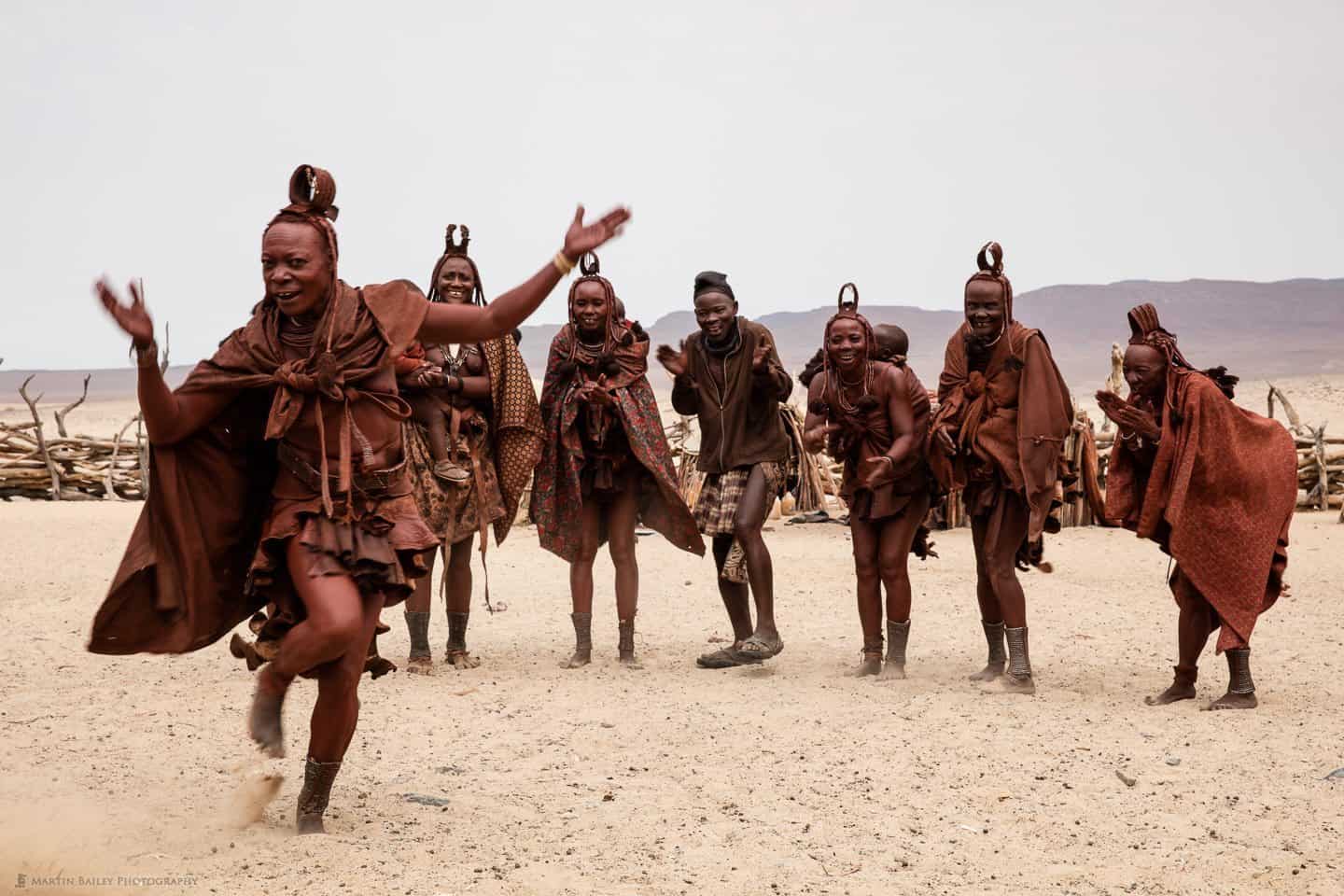
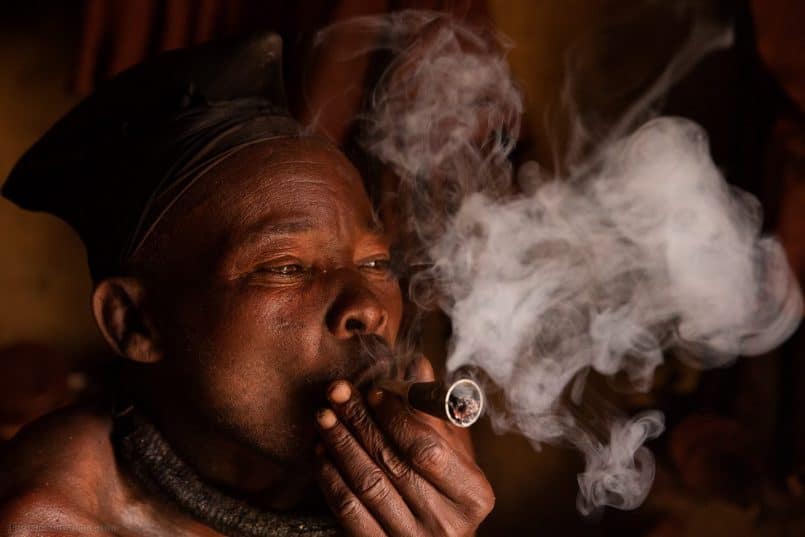
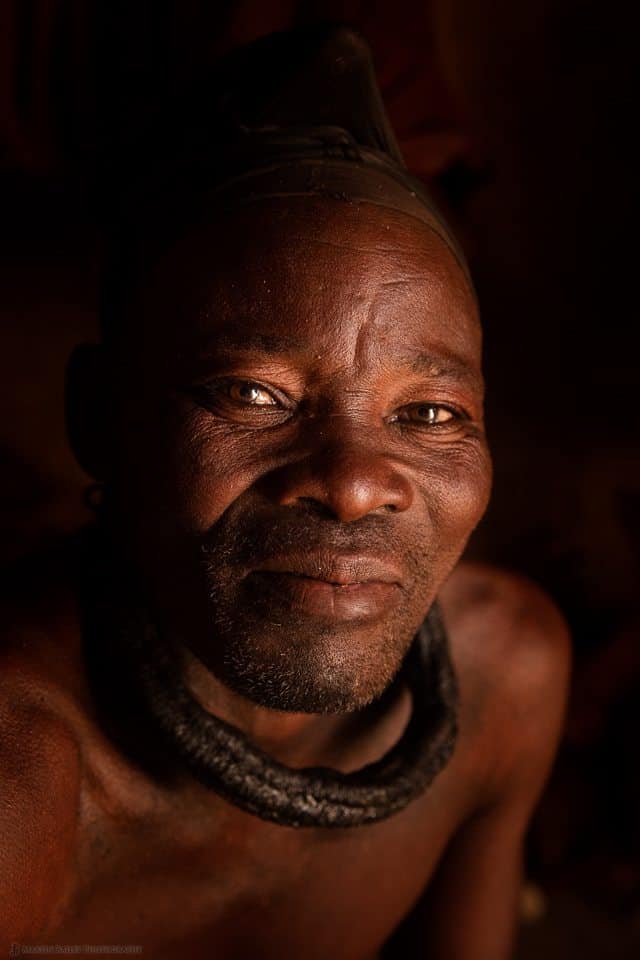
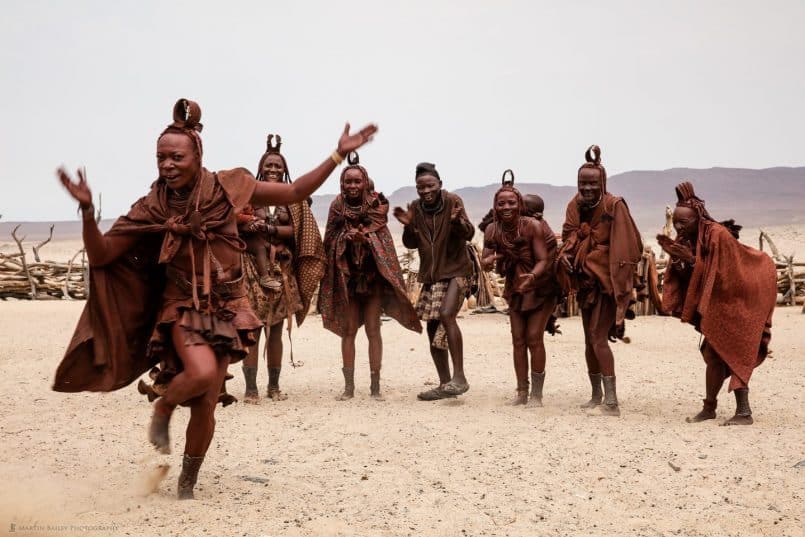
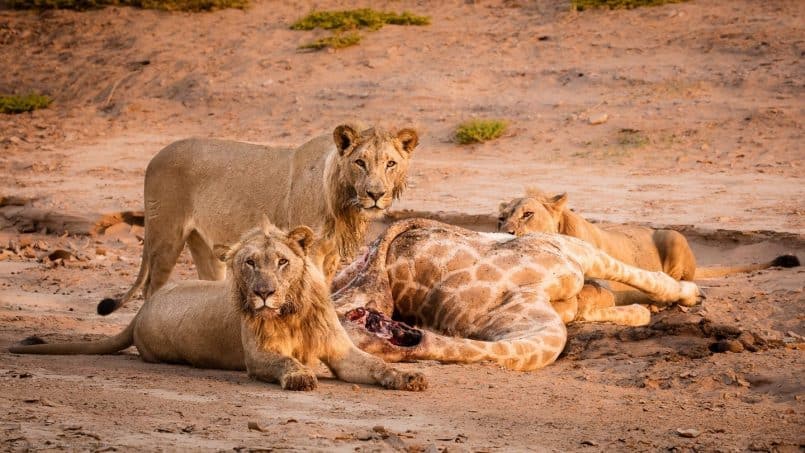

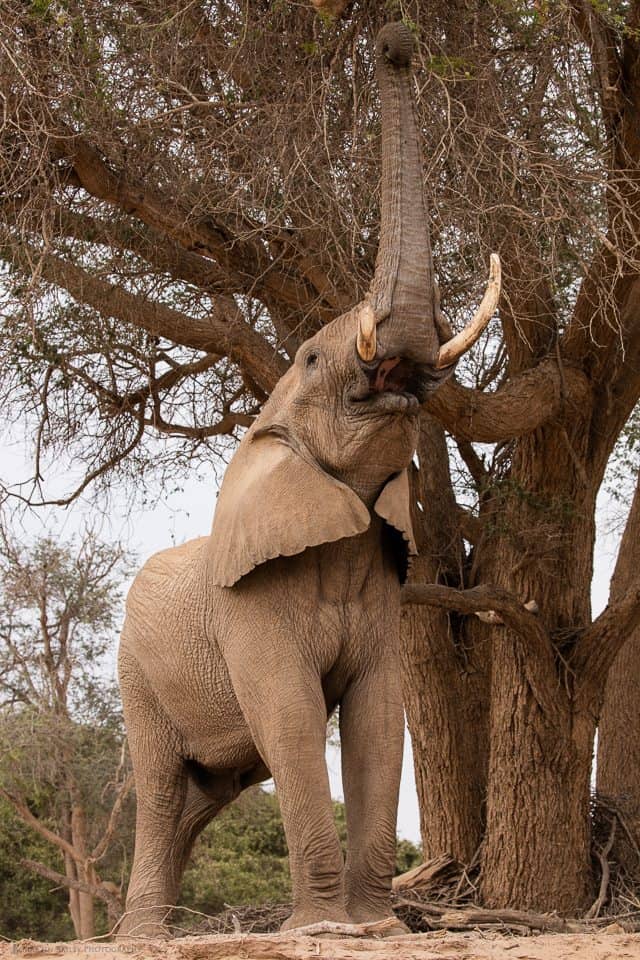
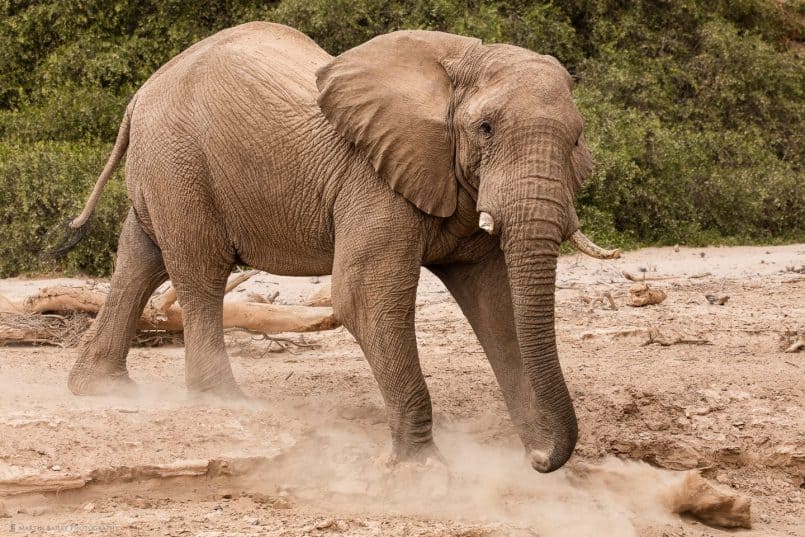
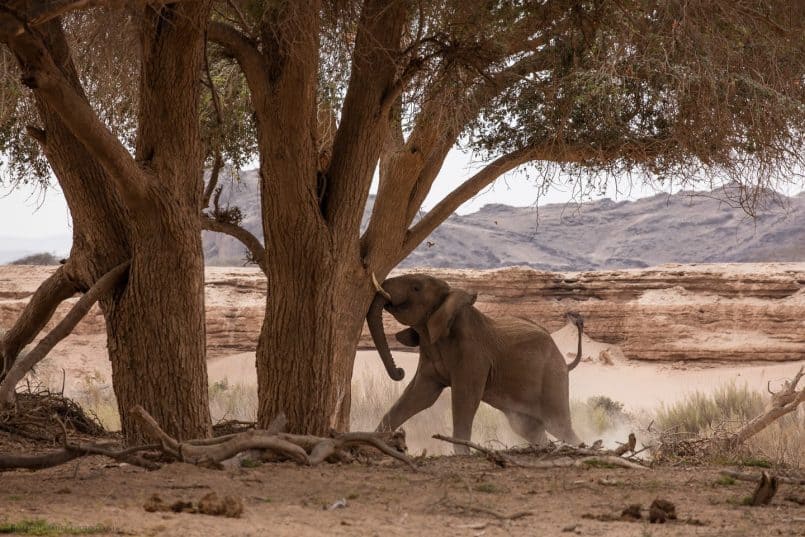

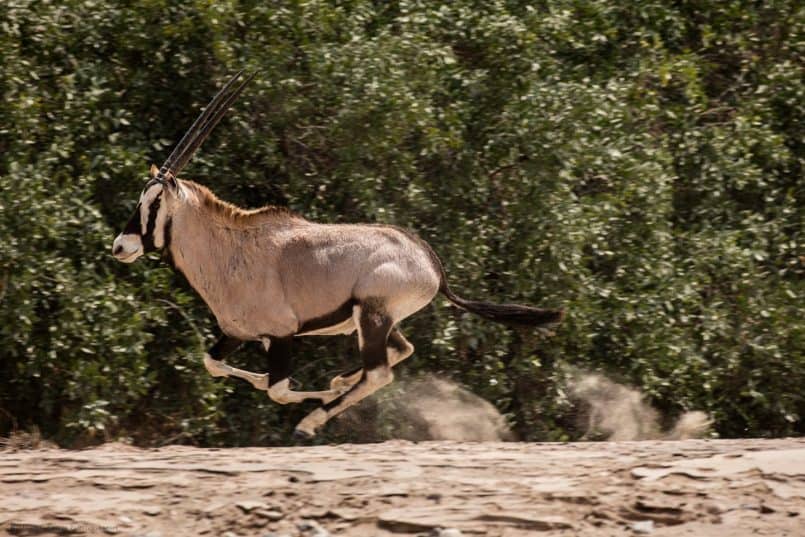
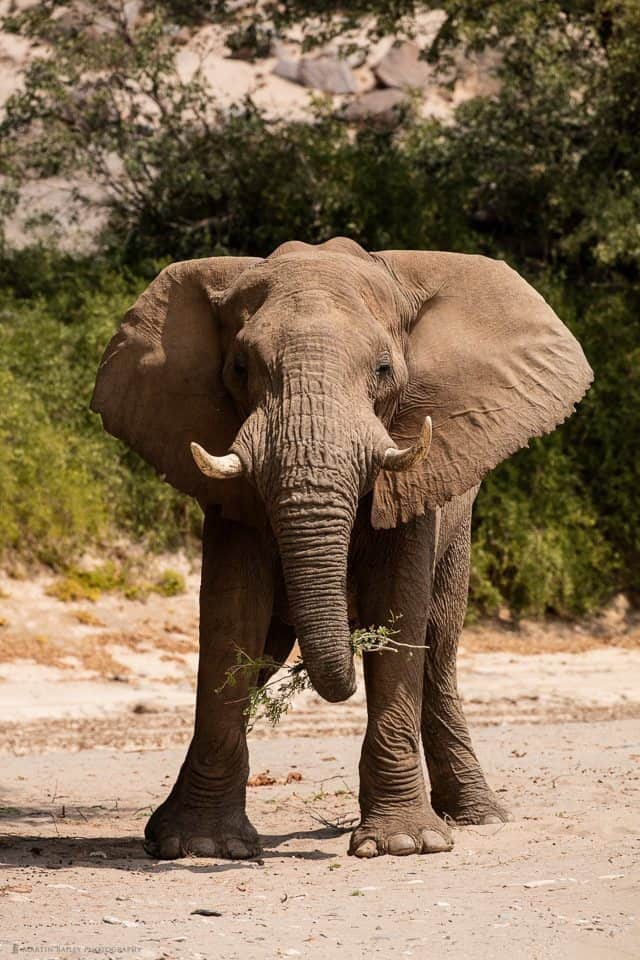
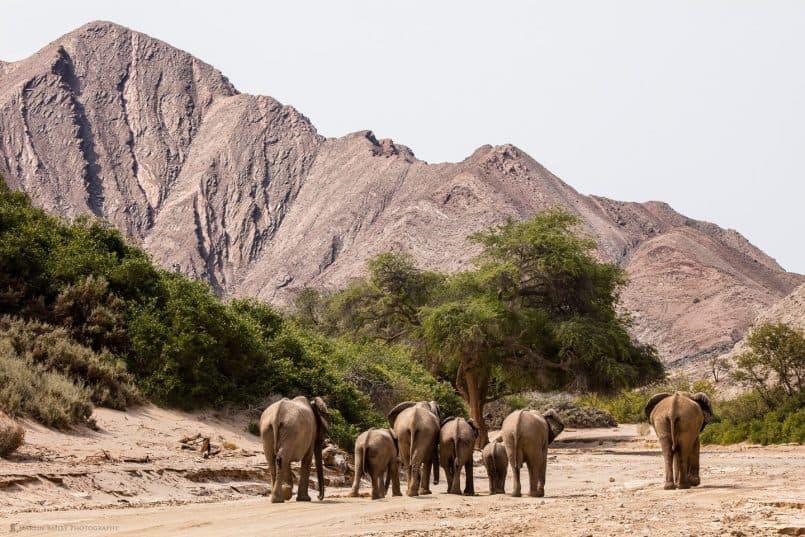

0 Comments